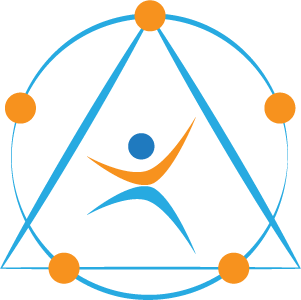Additional Fixation Patterns
Timothy D. Francis, D.C., D.H.M., DIBAK
Abstract
Fixation patterns within the spine have been part of applied kinesiology for a long time. These patterns are specific bilateral muscle testing responses due to a locking together of two or more vertebrae. This paper discusses fixation patterns, which are the observations of this author.
Introduction
Spinal fixations cause a predictable, observable bilateral muscle response in the body. “Fixations are the body’s attempt to stop dural torque.” (Leaf). These are two or more vertebral segments that are locked together. This paper presents fixation patterns hitherto never before discussed.
Discussion
The following spinal fixation patterns have been discovered over the past several years in this author’s experience.
Bilateral Muscle Weakness
1. Upper Trapezius
2. Finger Flexors
3. Triceps Upper
4. Subclavius
Spinal Area
Occiput
Occiput
Upper Cervicals
Upper Cervicals/Cervico
Thoracic/Upper Thoracic
5. Sartorius
6. Inferior Gemelus
Upper Cervical/Lumbar/Iliac
Upper Cervical/Lower
Thoracic/Sacral
7. Popliteus
8. Biceps
9. Opponens Pollicis
10. Brachioradfalii
II. Wrist Flexors
12. Quadratus Femoris
13. Teres Minor
14. Subscapularis
15. Coracobrachialis
16. Pectoralis Major Sternal
17. Pyramidalis
18. Obturator Extensors
Upper Cervicals
Mid-Cervicals
Mid-Cervicals
Lower-Cervicals
Lower-Cervicals
Lower Cervicals/Sacrum
Lower Cervical
Upper Thoracic
Upper Thoracic
Mid-Thoracic
Lower Thoracic
Lower Thoracic/Lumbar
Sacral/Iliac
19. Peroneus Tertius
Lower Thoracic/Sacral
Iliac
20. Internal Obliques
21. Quadratus Lumborum
22. Peroneus Longus/Brevis
23. Piriformis
24. Anterior Tibialis
25. Toe Extensors
26. Adductors
Lumbar
Lumbar
Lumbar/Sacral/Iliac/Sacra1
Sacral
Sacral/Iliac
25. Toe Extensors Sacral/Iliac
26. Adductors Iliac
These fixation patterns are corrected in the previously detailed procedure outlined by Dr. Goodheart. Additional nutritional correlations have also been discovered. In descending order of frequency, these are zinc, potassium, boron, and molybdenum.
Conclusion
These new fixation patterns are intended as an addendum to the original fixation patterns discussed by Dr. Goodheart. This author has found them to be of value clinically.
References
- Francis, Timothy D., Structural Corrections For Eyes Into Distortion Patterns. Collected Papers of the Members of the I.C.A.K., Vol. I, Summer, (1990-91).
- Ibid., Spinal-Rib Subluxation Immune Syndrome Correlations. Experimental Observations of the Members of the l.C.A.K., Vol. 1, (1999-2000).
- Ibid., Spinal Subluxation/Bilateral Muscle Syndrome Correlations. Experimental Observations of the Members
of the LC.A.K., Vol. 1, (2000-2001). - Goodheart, George J., You ‘II Be Better, The Story of Applied Kinesiology. AK Printing; Geneva, Ohio.
- Leaf, David, Applied Kinesiology Flow Chart Manual 3rd Edition. Privately Published ( 1995).
- Walther, David. Applied Kinesiology: Synopsis, Systems, D.C., Pueblo, Co. ( 1988).
